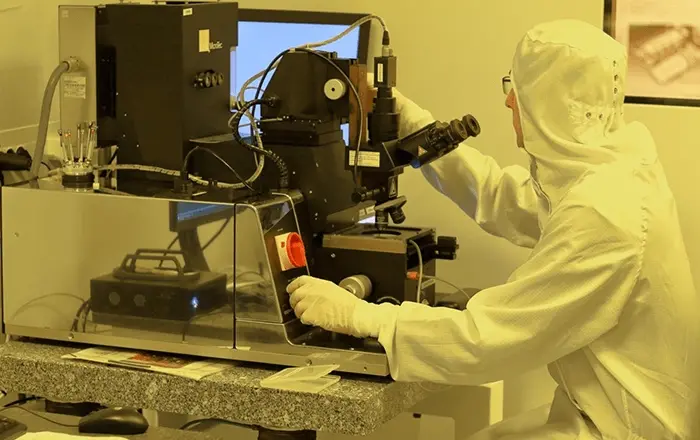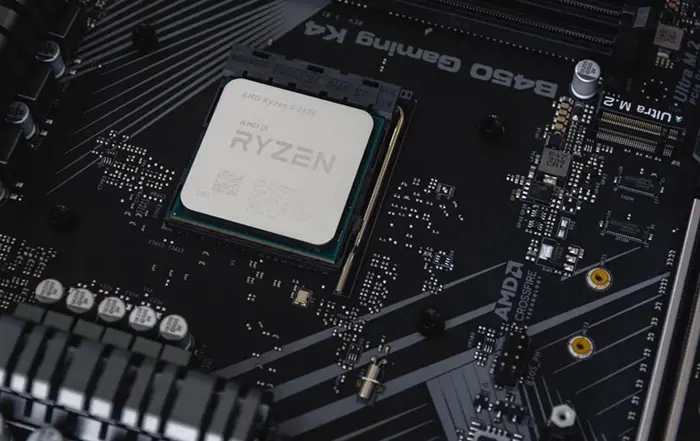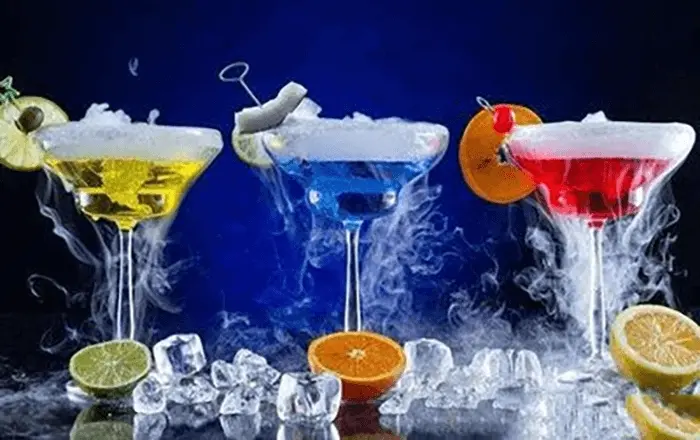Other specifications of packaging can be provided according to customer requirements












Carbon Dioxide 99.999% purity CO2 Industrial Gas
Carbon dioxide can be recovered from many different sources. It is the exhaust gas obtained from fermentation processes, limestone kilns, natural CO2 springs, and gas streams from chemical and petrochemical operations. More recently, CO2 has also been recovered from exhaust gases from power plants.
Industrial carbon dioxide can be used as a feedstock for chemical reactions. For example, it can react with hydrogen to form methane, which can be used as fuel. In addition, carbon dioxide can also react with hydrogen to produce carbon monoxide and water vapor, which are used to synthesize chemicals such as methanol. Because of the abundance and low cost of carbon dioxide, these reactions have important industrial applications. Industrial carbon dioxide is widely used in the field of melting agents. Carbon dioxide is solid at room temperature, but it can be changed into a gas at atmospheric pressure by heating up, and this process of depolymerization from solid to gas is called sublimation. Using this property, carbon dioxide can be used in both freezing and melting processes. For example, it can be used as a freezer for frozen foods to keep them fresh, and carbon dioxide can be used to protect food from oxygen, gas, and bacteria contamination. Carbon dioxide has antibacterial properties and can prevent food spoilage. In food processing and packaging, carbon dioxide can be used as a filling agent to remove oxygen from the packaging and extend the shelf life of the food. Carbon dioxide also has important uses in the beverage industry. For example, carbon dioxide can be used to make soda and other carbonated beverages, providing them with foaming properties. In addition, carbon dioxide can also be used as a pressurizing agent, ensuring that the gas in the beverage bottle maintains a stable pressure balance with the beverage. Carbon dioxide is a commonly used fire extinguishing agent.
In an environment with low oxygen content, carbon dioxide can dissolve in air and form a non-combustible mixture of gases. This mixture of gases can be released to the fire site through a steam injection system or a fire extinguisher, reducing the temperature and concentration of the fire point, thus effectively suppressing the fire source. Industrial carbon dioxide can be used to enhance the manufacturing process of solid materials. For example, in the production of polymer materials, carbon dioxide can be used as a neutralizer to help regulate the pH of the reaction system and promote the formation of polymers. In addition, carbon dioxide can also be used to make materials with special structures and properties, such as carbon nanotubes. Carbon dioxide can also be used for enhanced oil recovery in oil field development. After the injection of carbon dioxide into the oil field, the carbon dioxide can dissolve with the hydrocarbons in the crude oil, reduce the oil viscosity in the reservoir, improve the flow of the oil, and improve the oil recovery efficiency of the well.
Carbon Dioxide 99.999% purity CO2 Industrial Gas
Parameter
| Property | Value |
|---|---|
| Appearance and properties | Colorless, odorless, and slightly sour inert gas at room temperature; heavier than air; can be liquefied and solidified |
| pH value | No data available |
| Boiling point (℃) | -78.5℃ |
| Relative vapor density (air = 1) | 1.53 |
| Saturated vapor pressure (kPa) | 1,013.25 (-39℃) |
| Critical temperature (℃) | 31℃ |
| Spontaneous combustion temperature (℃) | Meaningless |
| Ignition temperature (℃) | Meaningless |
| Upper explosion limit [%(V/V)] | Meaningless |
| Solubility | Soluble in water, hydrocarbons, and other organic solvents |
| Melting point/freezing point (℃) | -56.6℃ |
| Relative density (water = 1) | 1.56 |
| Critical pressure (MPa) | 7.39 |
| Flash point (℃) | Meaningless |
| N-octanol/water partition coefficient | No data available |
| Decomposition temperature (℃) | Meaningless |
| Lower explosive limit [%(V/V)] | Meaningless |
| Flammability | Meaningless |
Safety Instructions
Emergency overview: No gas, the cylinder container is easy to overpressure under heat, there is a risk of explosion. Cryogenic liquids can cause frostbite.
Gas leakage, excessive inhalation is easy to asphyxiate.
GHS Hazard Class: According to the Chemical Classification, Warning Label and Warning Specification series, the product is a gas under pressure – liquefied gas.
Warning word: Warning
Danger information: Gas under pressure, if exposed to heat can explode. Precautions:
Precautions: Keep away from heat sources, open flames, and hot surfaces. No smoking in the workplace.
Accident response: cut off the leakage source, reasonable ventilation, accelerate diffusion.
Safe storage: Avoid sunlight and store in a well-ventilated place. Disposal: This product or its container shall be disposed of in accordance with local regulations. Physical and chemical risk: no gas, the cylinder container is easy to overpressure when heated, and there is a risk of explosion. Cryogenic liquids can cause frostbite. High concentration inhalation can cause suffocation.
Health hazards: Prolonged excessive inhalation can cause coma, disappearance of reflexes, dilation or contraction of pupils, incontinence, vomiting, respiratory arrest, shock and death. Frostbite can occur when skin or eyes are exposed to dry ice or liquid carbon dioxide.
Environmental hazards: A large amount of carbon dioxide emissions to the atmosphere can destroy the earth’s ozone layer, a small amount of carbon dioxide emissions can be directly emitted.


















